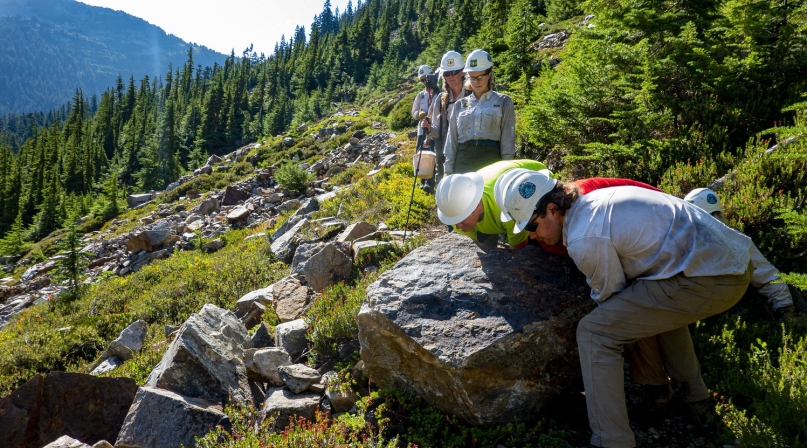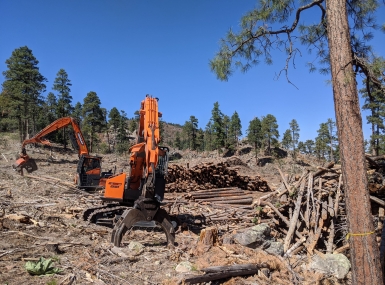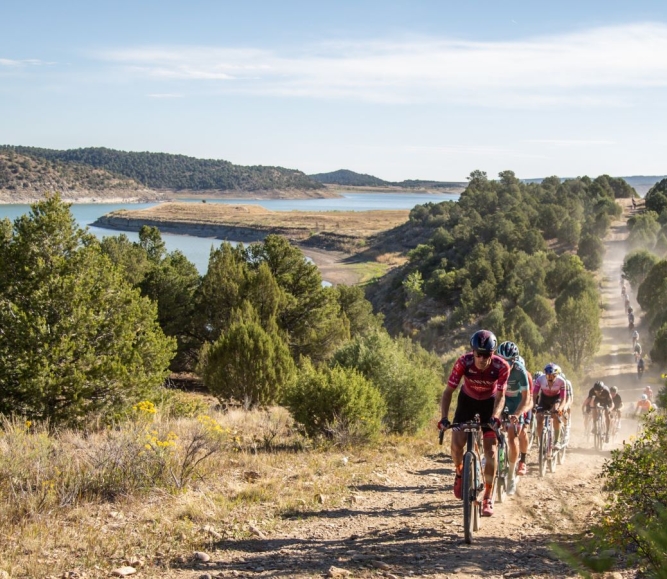Outdoor recreation shows viability in public lands counties

Key Takeaways
The public-public partnership was so crazy, it just might work.
There was no money at stake driving negotiations, and nobody was trying to bend anyone else to their will, but counties, towns, the U.S. Forest Service, the Bureau of Land Management and the National Park Service put their heads together and came up with a partnership agreement that led to sustainable recreation being identified as one of the top three priorities of the Inyo National Forest’s new management plan in 2019. If the process wasn’t thrilling enough for the participants, the results should be for the beneficiaries: The communities and visitors in the Eastern Sierra region of California.
And there is gold in them hills: A U.S. Bureau of Economic Analysis study finds the outdoor recreation industry contributes $1.1 trillion to the U.S. economy annually.
Learn more
Webinar recording: Exploring Outdoor Recreation as a Component of Economic Diversification
That’s the ticket for many public lands counties, otherwise at the whim of federal policies regarding use of public lands. The work they can do to capitalize on natural assets can build and sustain a tourism economy.
“We’re going to leverage this management plan and now we’re going to start to do something with it, to work with our federal partners to advance the sectors around sustainable recreation tourism,” said John Wentworth, CEO and board president of the Mammoth Lakes Trails and Public Access Foundation and a Mammoth Lakes, Calif. town council member.
Mammoth Lakes and Bishop joined Mono and Alpine counties along with the Inyo and Humboldt-Toiyabe national forests to form the Eastern Sierra Sustainable Recreation Partnership. Every month, members meet to plan how to advance outdoor recreation in a part of the state where 90% of the land is federally managed.
“People in California don’t understand that 50% of the land mass in the state is managed by the federal government, so it makes sense to be forming these types of partnerships,” Wentworth said. “It is a big deal economically in this state.”
Wentworth worked with Danna Stroud, Central California’s community-based solutions manager from the governor’s Office of Business and Economic Development. She described the $600 million California Jobs First initiative and its potential to help the state’s 13 regions, 10 of which comprise multiple counties, determine a direction to take their local economies.
“Instead of the state coming in and saying, ‘We think we know what you should be doing at this level,’ we are investing in these regional communities to let them explore, ‘What are their local assets? What are their local capacities? What are their local industries that they want to start to build upon?’” Stroud said.
Each region received $5 million to fund planning efforts, which includes identifying emerging industry sectors, and $14 million per region for environmental review, project design or engineering, permitting or feasibility studies.
Nine of the 13 regions have identified tourism as an emerging industry sector.
The California Jobs First process “now tees them up to start pursuing some funding opportunities to invest in their recreation and tourism product,” Stroud said. “We can speculate, we talk about it and it’s not a boondoggle. There is a very strong economic element to this and the more that we can identify and talk about it, the more opportunities we have to align with these funding opportunities out there. It starts to gain some traction has a real tradeable sector,” and have value.
“Recreation tourism is a tradable sector. It’s going to be about partnerships.”
Partnerships were part of the fabric of the legislation establishing the national trail system — trails that were meant to be supported by public-private partnerships like one coordinated by the Pacific Crest Trail Association.
The association has a memorandum of understanding with the National Park Service, the U.S. Forest Service, the Bureau of Land Management and California State Parks to collectively manage and maintain the 2,650-mile-long trail stretching between Canada and Mexico. As a non-profit, the association is also able to raise private money for maintenance, including more than $48 million over the past 10 years. It also coordinates the work of more than 2,000 volunteers annually, who generated 55,567 volunteer hours of trail maintenance in 2023.
“These are folks from within the communities along the trail and other folks who traveled in to do trail maintenance projects, anything from just clearing brush to folks that are registered sawyers (someone who saws) who can go in and really cut down large logs that have blown down to keep the trail open for foot traffic and equestrians,” said Megan Wargo, the association’s CEO.
The work the association puts into maintaining the trail rolls into towns near the trail, which benefit from attracting hikers and horseback riders.
“There are folks that are coming into all the communities up and down the trail when they want to rest for a couple days at the hotels to eat pizza, drink beer, you know, all of that good stuff,” Wargo said.
She has encouraged towns near the trail to reach out and welcome hikers, with something as simple as a sign welcoming trail users or as sophisticated as Mount Shasta, Calif.’s passport that encourages hikers to visit different attractions along the trail and complete stewardship challenges.
“A lot of the towns that have been really successful at connecting to the Pacific Crest Trail in our community are folks that see the trail as part of their identity,” she said. “We’ve heard stories about people that were coming for a couple days and extended to stay a week in Mount Shasta because they wanted to check off all the hikes in the passport. You just need to find fun ways to draw people in and to really experience that trail culture.”
Related News

Counties search for footing amid federal workforce cuts
Staffing reductions in the federal land management agencies are upsetting the intergovernmental balance in public lands counties.
County News
Colorado county’s dirt roads shine for cyclists seeking thrills
Opportunity knocked for Las Animas County, Colo. after years of vigilant road maintenance when gravel road cyclists saw the potential in the county's infrastructure and started flocking there to ride.


